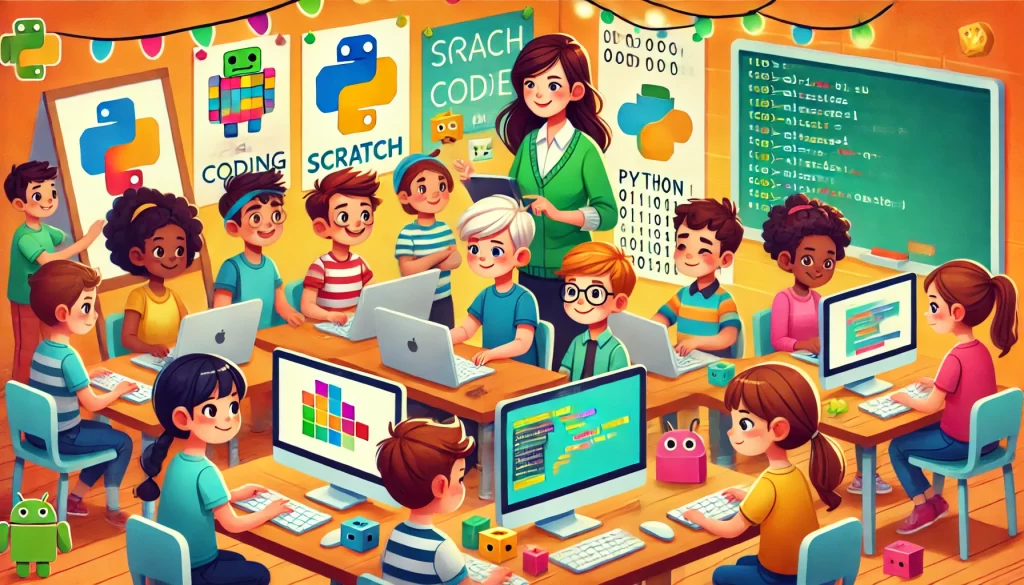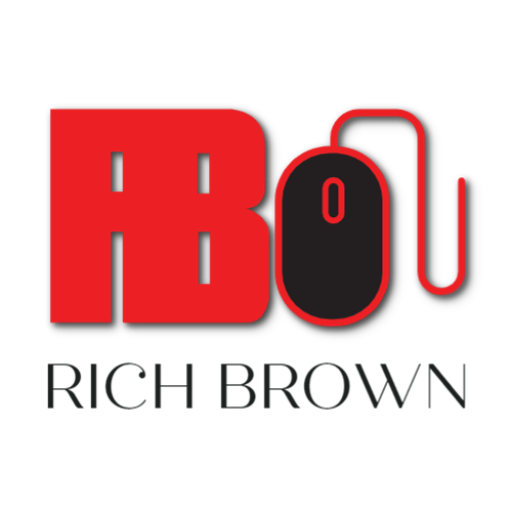Where to Start for Young Coders

Learning to code is like learning a new superpower! It helps kids solve problems, be creative, and even make their own games.
My neighbor Jenny, who’s eleven, got really into coding. At first, she struggled to make her Scratch game work. Her character kept running into walls and disappearing!
But instead of giving up, she watched videos, tried different things, and finally made it work. She was so excited to show me her game, saying, “I had to fix so many mistakes, but I got it!”
This made me realize that choosing the right coding language can make all the difference for kids just starting out. But with so many options, where should they begin?
Why Should Kids Learn to Code?
Coding isn’t just for future programmers. It teaches important skills like:
- Problem-Solving – Helps kids break big problems into smaller, manageable steps.
- Creativity – Lets kids bring their ideas to life by making games, animations, and apps.
- Math and Logical Thinking – Strengthens skills that are useful in school and everyday life.
- Great for Future Careers – Coding is used in jobs like game design, robotics, cybersecurity, and even medicine!
The Best Programming Languages for Kids
1. Scratch (Ages 5-12)
Best for beginners
Scratch is a drag-and-drop coding language where kids snap together blocks to create stories, animations, and games.
Pros:
- Easy to use—no typing required
- Great for creativity and storytelling
- Huge online community for help and ideas
Cons:
- Not used in real-world programming
- Limited for advanced projects
2. Python (Ages 8 and up)
Best for real-world coding
Python is a simple, text-based coding language used by professionals. It’s great for kids who want to go beyond block coding.
Pros:
- Easy-to-read code
- Used in real-world apps and games
- Fun projects like making simple games with Pygame
Cons:
- Requires typing skills
- Some concepts can be tricky for younger kids
3. JavaScript (Ages 10 and up)
Best for kids interested in web design
JavaScript is used to make websites interactive. It works best when kids also learn HTML and CSS.
Pros:
- Lets kids create cool website effects and games
- Works directly in a web browser
- Lots of online tutorials and beginner courses
Cons:
- More complicated than Scratch or Python
- Learning HTML and CSS alongside it is helpful
4. Swift (Ages 10 and up)
Best for kids who want to make apps
Swift is Apple’s coding language for building iPhone and iPad apps. Swift Playgrounds is a fun way for kids to start learning it.
Pros:
- Hands-on, interactive lessons
- Used for real app development
- Easy-to-read code
Cons:
- Only works on Apple devices
- Some coding experience is helpful
5. Blockly (Ages 6-12)
Best for transitioning to real code
Blockly is like Scratch but shows kids the text-based code behind the blocks. This helps them prepare for coding in JavaScript or Python.
Pros:
- Great for kids moving beyond Scratch
- Introduces real coding structure
- Free and easy to use online
Cons:
- Not as flexible as Python or JavaScript
- Less creative freedom compared to Scratch
6. Lua (Ages 10 and up)
Best for game-making
Lua is used in game development, especially in Roblox. Many kids start coding by creating their own Roblox games using Lua.
Pros:
- Great for making games
- Beginner-friendly
- Used in real-world applications like game engines
Cons:
- Not widely used outside of gaming
- Requires some knowledge of game design
How to Choose the Right Programming Language
Not sure which language is best? Here are some tips:
- Age & Skill Level – Younger kids do best with Scratch or Blockly, while older kids can try Python or JavaScript.
- Interests – Want to make games? Try Lua or Python. Want to build websites? JavaScript is great!
- Learning Style – Some kids prefer dragging blocks (Scratch), while others enjoy writing actual code (Python, JavaScript).
- Future Goals – If they’re serious about coding, learning Python or JavaScript early can be a great advantage.
Tips for Helping Kids Learn to Code
- Start with fun projects – Kids stay interested when they build things they love, like games or animations.
- Use interactive platforms – Websites like Code.org, Scratch, and Tynker make learning exciting.
- Encourage hands-on practice – The best way to learn coding is by actually coding! Encourage experimenting and fixing mistakes.
- Join a coding community – Platforms like Scratch and Roblox Studio let kids share projects and get feedback.
- Make coding part of everyday life – Kids can code robots, design digital art, or even write simple scripts to automate tasks.
- Be patient and supportive – Coding takes practice, and mistakes are part of learning. Encourage them to keep going!
- Show real-world examples – Explain how coding is used in video games, social media, and apps they use every day.
Conclusion
A great way to start coding is with a simple project!
If your child is using Scratch, they can create an animated story or a simple game where a character moves with arrow keys.
If they’re using Python, they can try drawing shapes with the Turtle module.
Coding is an amazing skill that can open doors to future careers and creative projects.
Whether your child starts with Scratch, Python, or Lua, the most important thing is to have fun while learning!
Ready to begin? Check out beginner-friendly coding platforms and start the adventure today!

Leave a Reply
You must be logged in to post a comment.